12 retro games consoles you probably forgot exist
Phillips CD-i, anyone?
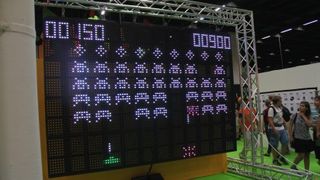
Introduction
Gamescom 2015 has closed its doors for another year, and we're still not over it. Bethesda's Fallout 4 preview made our palms sweaty, we checked out some awesome gaming headsets and even found a PC that looks like a tank. What we didn't expect to get our currywurst-covered hands on was some of the most awesome retro games consoles to have ever existed.
Old school gaming was out in force in Cologne, with tons of fully-working playable consoles restored to their former glory. Naturally we took some time out to hop into our zeitmaschine (time machine to me and you) and check the plethora of systems, which dated back to the late '70s. How many can you remember? Award yourself an extra 10 points per system before 1990.
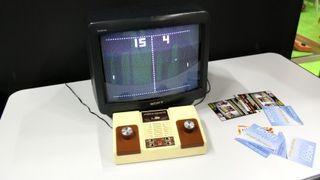
1. Video-Sports Skylark-124 - Sunkyong (1977)
It's unlikely you'll recognise Sunkyong's Video-Sports console as it was sold primarily in Germany and Austria. Manufactured in Korea, it was a variation of the classic pong-like sports games from that era. It featured two paddles, each with a dial used to control a bat on the screen. One or two players could go head-to-head at Tennis, Hockey and Squash, and if you were a lonely kid in the 70s, you could hone your skills in Practice mode.
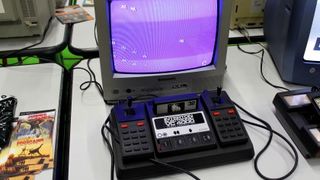
2. VC4000 - Intervon (1978)
We couldn't help but check out the odd-looking VC 4000, which never made its way out of Germany. The console had two controllers, each with 12 keys, two fire buttons and an analog joystick. Powered by a Signetics 2650A processor clocked at 0.887 MHz (don't laugh, now), it featured a library of 40 games that came on cassettes, all of which were first-party titles.
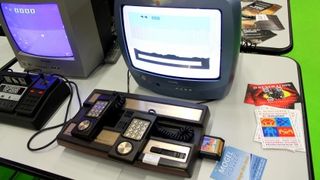
3. Intellivision - Mattel (1979)
A portmanteau of "intelligent television", Mattel's Intellivision sold millions on the back of its faithful arcade ports and impressive range of exclusives. Despite its weird-looking controllers that resembled telephones, games such as Q*bert, Major League Baseball and Donkey Kong Jr helped the system hold its own against its rival, the Atari 2600.
Fun fact: the Intellivision port of arcade Donkey Kong (the first one) was so bad that Coleco, the studio behind it, was accused of a deliberate botch-job. Coleco bundled the game as a launch title with its own ColecoVision system that launched as a rival console in 1982, which does sound pretty suspicious, but the claim was never found to be true.
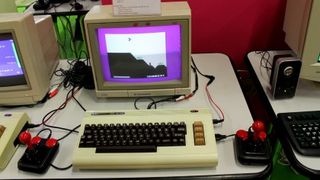
4. VIC-20 - Commodore (1980)
Commodore's VIC-20 predated the C64 by a few years and was intended to be an affordable computer that could run both games and business applications. Boasting a number of "firsts" in the industry, it was the first computer to sell more than 1 million units, and was also the first to sell for under $300. Popular games on the system included Omega Race, Pirate Cove Adventure and Sword of Fargoal.
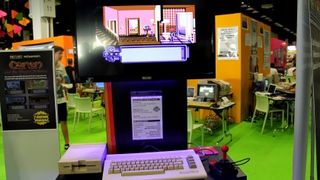
5. C64 - Commodore (1982)
Commodore's C64 was a hugely popular system and remains the highest-selling computer of all time (around 17 million, if you were wondering). Similar in appearance to Commodore's VIC-20, it was more powerful and excelled in graphics and sound thanks to five colour "models", 384 x 272 pixel-resolution and ability to handle eight hardware sprites.
It produced more classic games than you can shake a joystick at, including Turrican, Mayhem in Monster Land, Bubble Bobble and IK+.
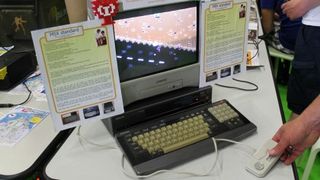
6. MSX Standard - Microsoft (1983)
The MS X Standard (MicroSoft eXtended BASIC) was a cassette-based system co-produced by Microsoft and ASCII Corp. of Japan. As a low-end 8-bit computer, this system used cartridges and was powered by a 4MHz Zilog Z80A processor. Microsoft wanted to use the MS X Standard to - you guessed it - establish a single standard for home computers, just as VHS did for video at that time.
The company licensed the tech to Japan-based consumer electronics and computer manufacturers including Sony, Pioneer, Toshiba and Hitachi. Despite its library of more than 350 games, the system achieved little success as the 8-bit era gave way to 16-bit machines.
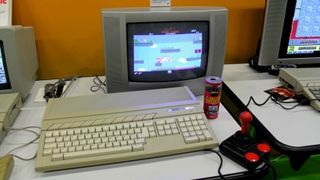
7. ST - Atari (1985)
The Atari ST was a musician's dream, and like the Amiga 500 also from its era, it was adored by gamers. The computer introduced the world to games including Populous, Double Dragon and Lemmings. Dungeon Master, which made its first outing on the Atari ST, became the system's best-selling game of all time. If you ever need reminding of the Atari's influence, just check out its iconic black-and-red joystick - it'll all come flooding back.

8. PWC - Amstrad (1985)
Popular in Britain, Alan Sugar's Amstrad launched the PCW as part of a package that included a computer monitor, the PWC itself and a printer. Although primarily intended to be a dedicated word processing machine (PCW is an acronym for Personal Computer Wordprocessor), its ability to display 32 lines of 90 characters made it a good fit for text-based adventures. It was also capable of running graphical titles such as Batman, Head Over Heels and Bounder.
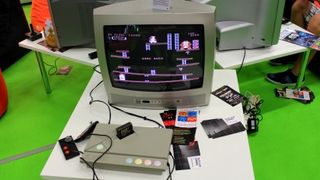
9. EX - Atari (1987)
The short-lived Atari EX featured an 8-bit MOS 6502 processor clocked at 1.79MHz, came with a keyboard and a floppy drive and was sold in basic and advanced versions. The former was deemed too expensive, hardly advertised and had little third-party development. The advanced variant, however, struggled going up against Sega's and Nintendo's consoles emerging at that time. Popular games included Star Raiders (1979), Frogger (1981), Pitfall! (1982) and Ballblazer (1984).
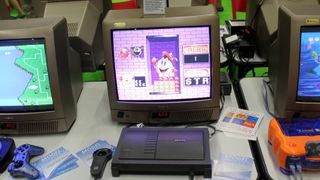
10. CD-i - Phillips (1991)
Interestingly, the CD-i featured games from Nintendo franchises Mario and Zelda, but the games weren't developed by the Japanese company. They included Hotel Mario, and three Legend of Zelda titles: Link: The Faces of Evil, Zelda: The Wand of Gamelon and Zelda's adventure.
As a 16-bit console that used CD-ROMs, the CD-i wasn't initially marketed as a video games platform until 1994. Ultimately, Phillips had missed the boat, and the CD-i faded into obscurity after Sega and Sony launched their respective Saturn and PlayStation systems.

11. 3DO - The 3DO Company (1993)
The Xbox One of its day (in terms of bulky design, anyway), the 3DO was manufactured by Pansonic, Goldstar and Sanyo. The brainchild of Trip Hawkins, one of EA's founders, it used VCDs and was marketed as a multimedia device, allowing owners to play VHS tapes using an (expensively priced) expansion.
Despite boasting a large library filled with third-party titles, it sold poorly, partly due to its whopping $700 price tag. Need for Speed and Gex were two popular franchises that started out on the 3DO before making their way to other platforms.
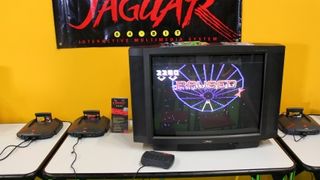
12. Jaguar - Atari (1993)
Looking to once again hit the big time with a new games console, Atari launched the Jaguar to a mixed reception. Technically impressive on paper, Atari claimed that it was the first 64-bit home console, something that is often disputed on the grounds that the system's Motorola 68000 was a 32-bit microprocessor.
Regardless, the Jaguar was certainly more powerful than the Super Nintendo and Sega's Genesis (known as the Mega Drive in Europe). It boasted impressive versions of Alien vs Predator, Doom, Tempest 2000 and Wolfenstein 3D.
- Check out the rest of our Gamescom 2015 coverage
